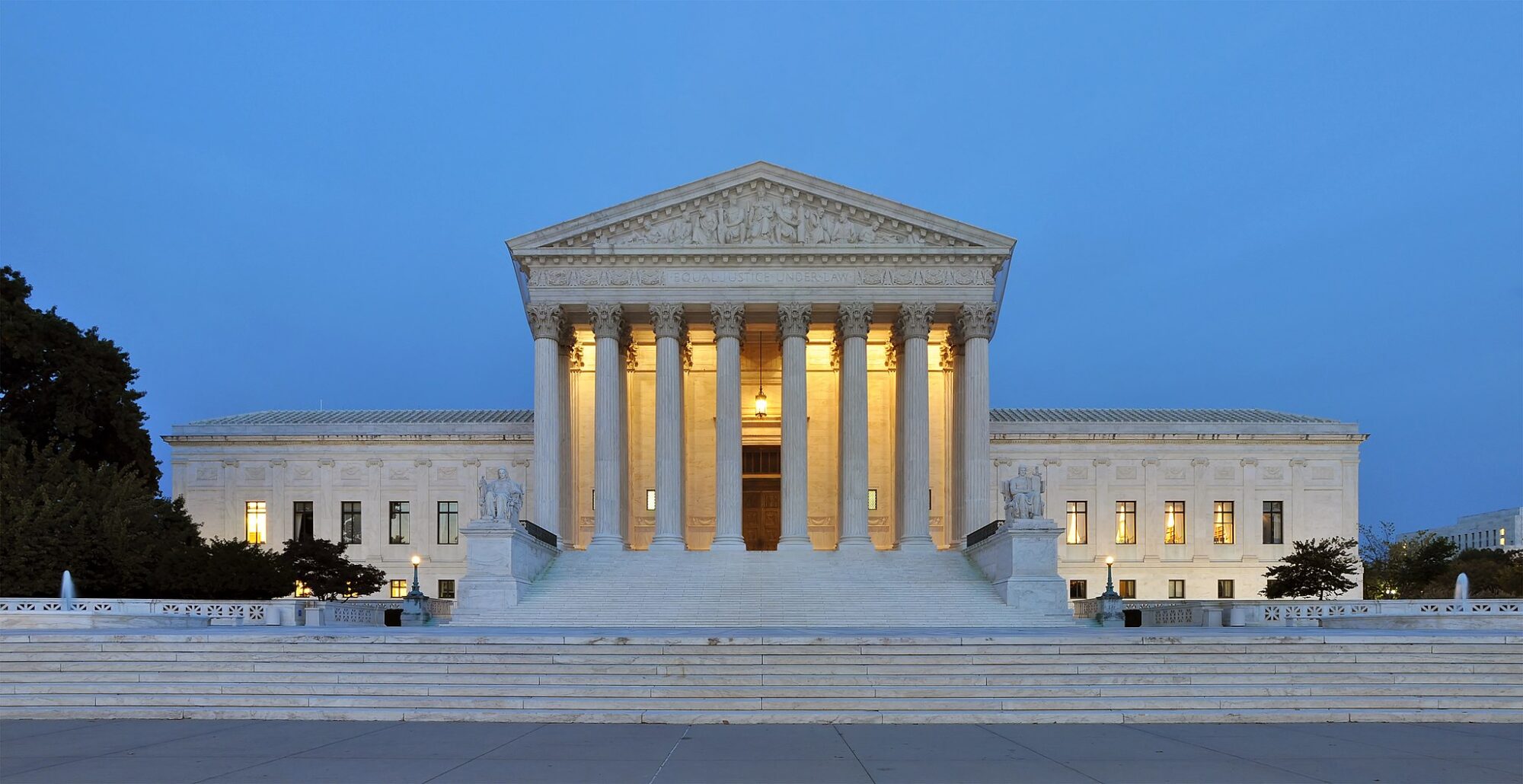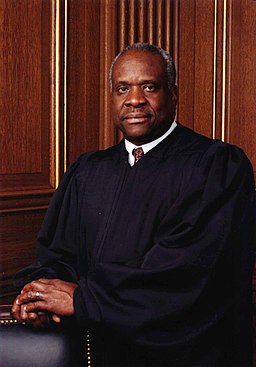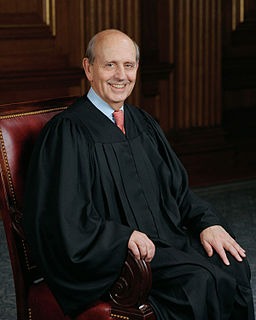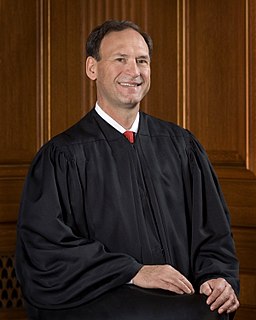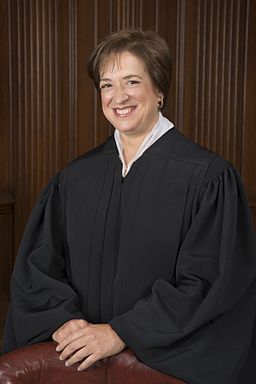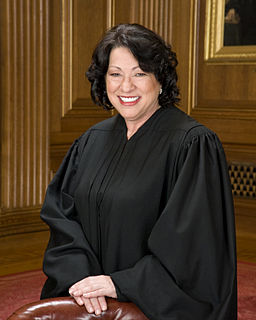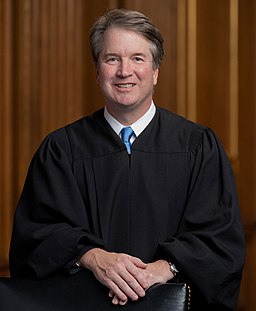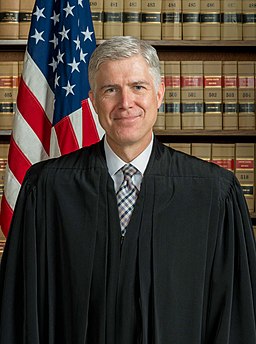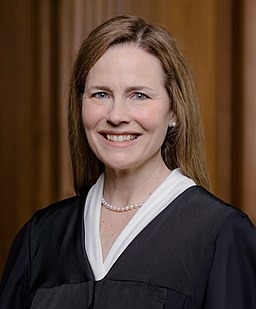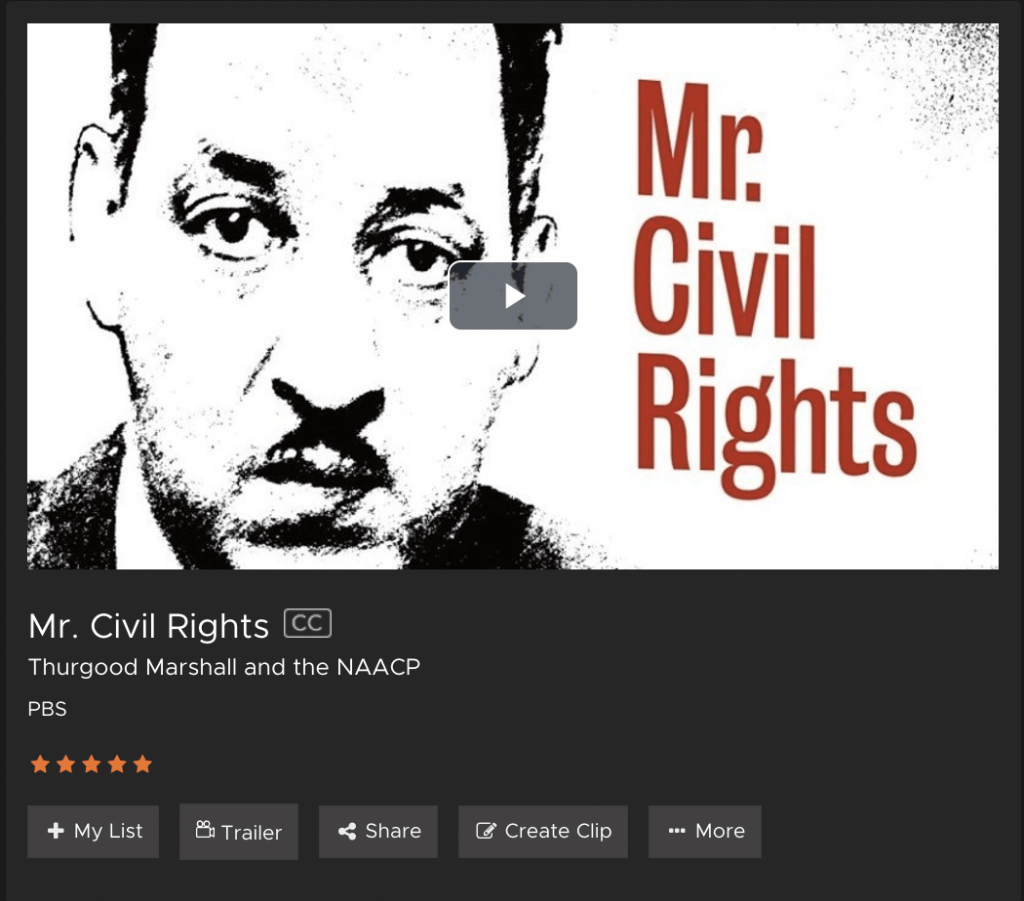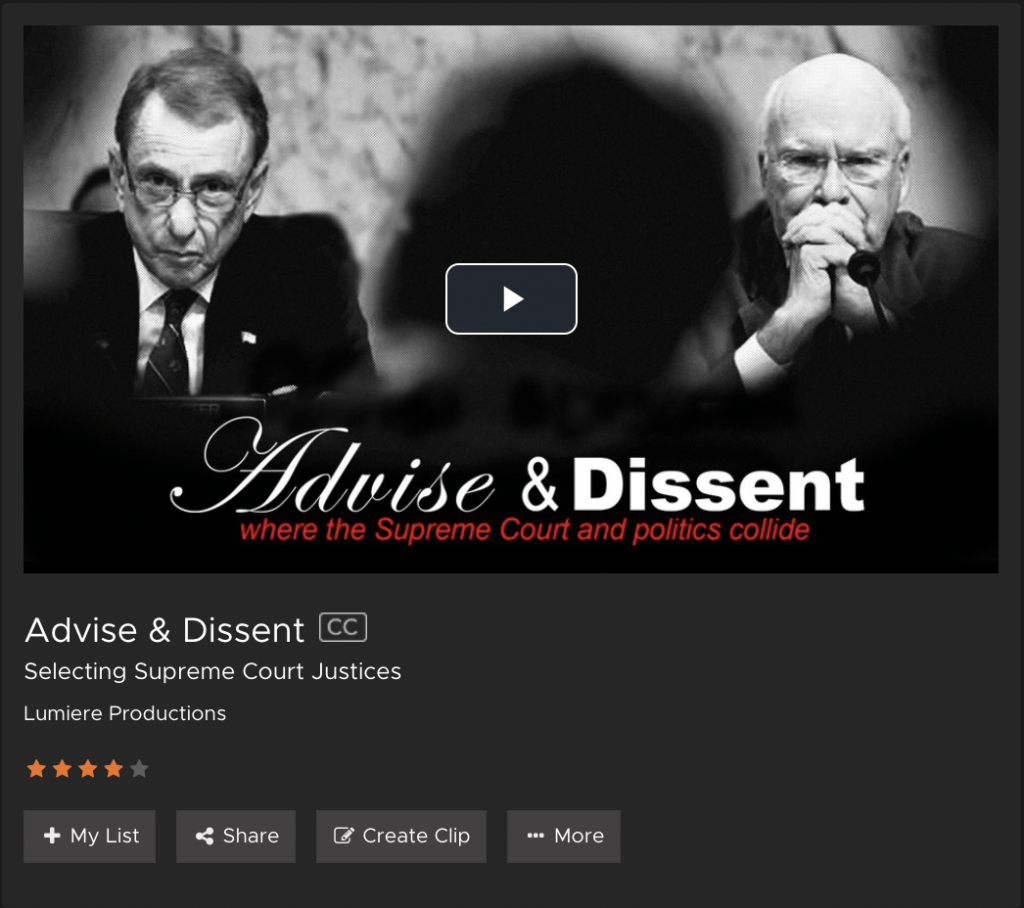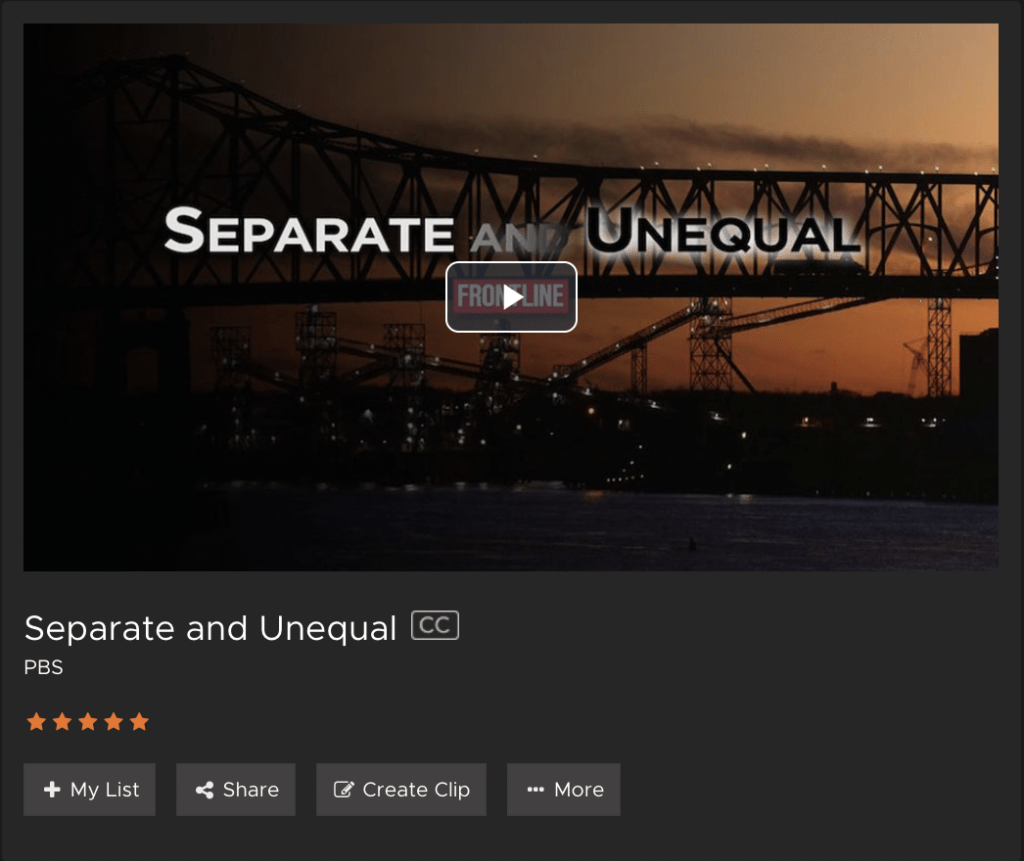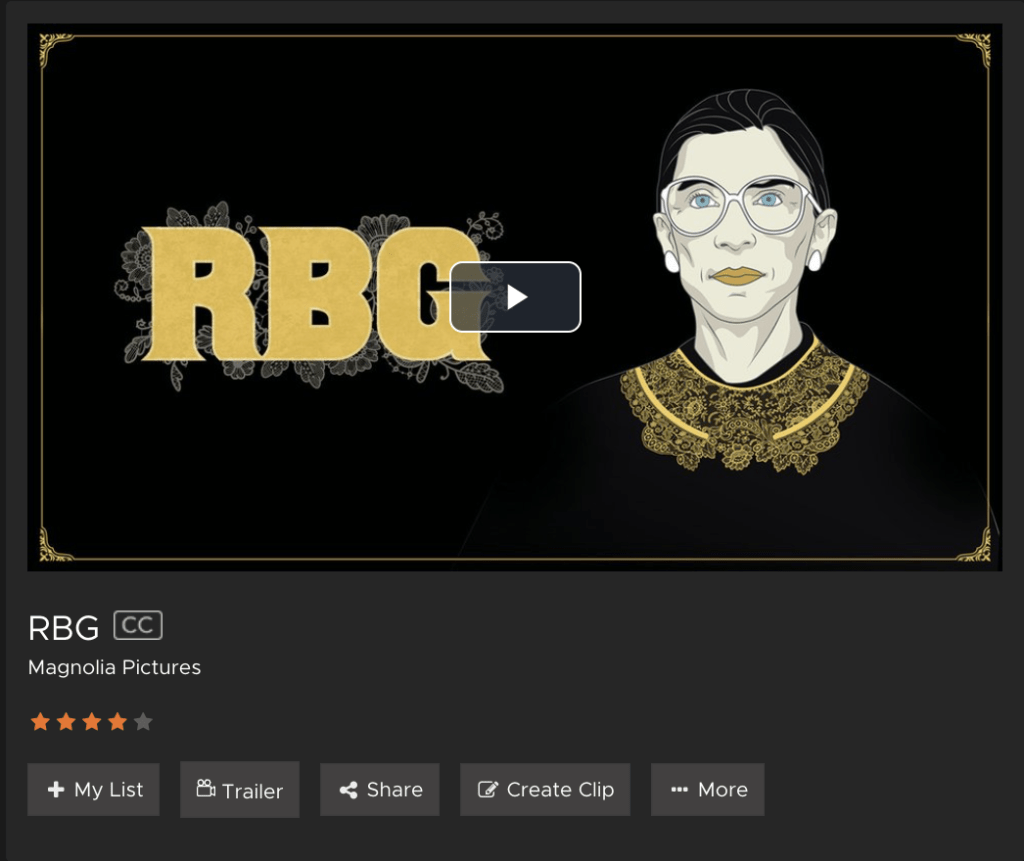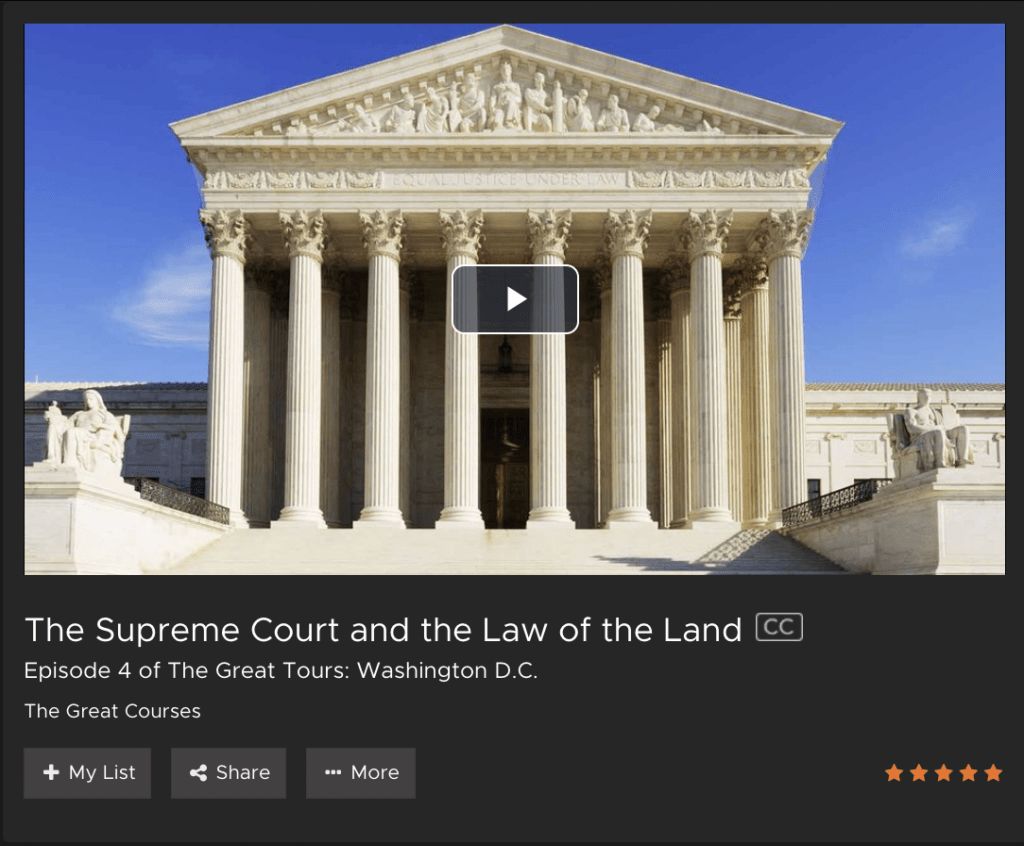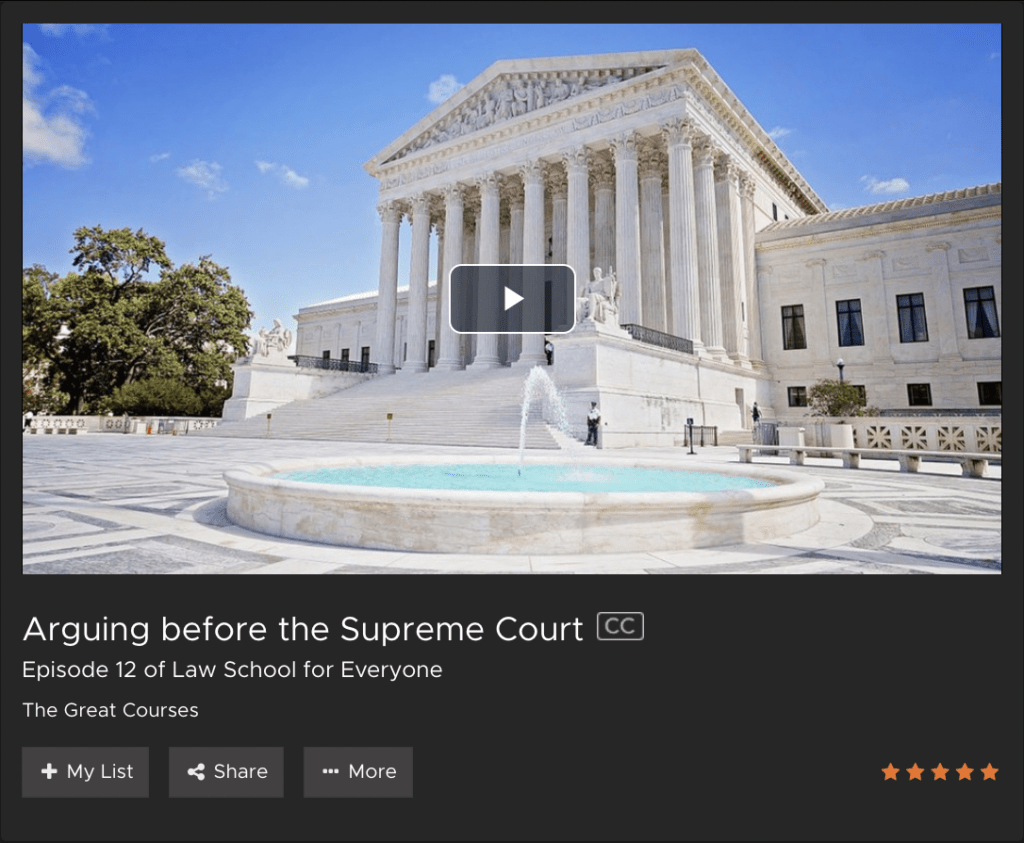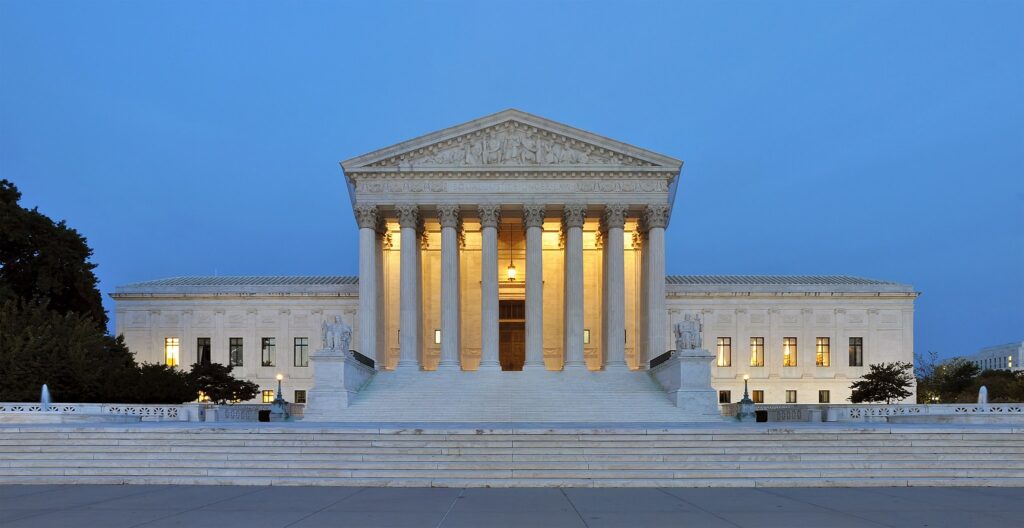
Nine justices make up the highest court in our land, the Supreme Court. Their measured decision-making on the nation’s largest judicial issues dictates the tides of the future. From financial rulings to massive human rights rulings, the Court hears about 100-150 cases per session out of the 7,000 cases it is asked to review annually.
It’s also the only branch of government with the power to refute both Congress’s and the President’s decisions if they believe them to be unconstitutional – a clever check and balance on our three-branch federal system. Congress and the Executive Branch, on the other hand, have no authority to “overturn” a previous Supreme Court decision.
Judge Ketanji Brown Jackson is our nation’s most recent historic Supreme Court nominee. If confirmed, she’ll replace long-serving Justice Stephen J. Breyer who will retire later in 2022. With a successful confirmation process, Jackson will serve a lifetime term or until she chooses to retire.
According to the Congressional Research Service, the average time it takes from nomination to confirmation is just over two months. While the nominations are made out to be inherently political – it is one of the few federally appointed positions in which refined neutrality is heavily emphasized.
Our Current Justices
Just 103 justices have served on the Supreme Court since its inception, making it one of the most competitive and selective jobs available in the federal government.
Each current justice has a fascinating story backing their high levels of judicial and personal achievement.
Explore biographies from Gale In Context of our current Supreme Court Justices below with your Library Card number.
Famous Decisions
Below, you’ll find a list of reading and viewing recommendations based on some of the Supreme Court’s most famous decisions.

Obergefell v. Hodges
The landmark court decision that the U.S. Constitution encompasses the right of marriage regardless of sex. We suggest Marriage Equality by Jason Porterfield.
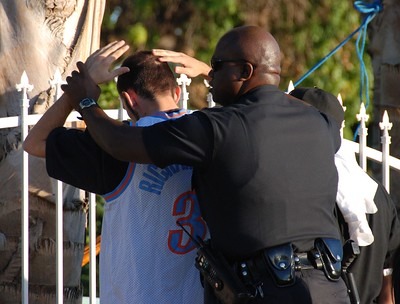
Miranda v. Arizona
We hear the outcome of this case regularly in TV shows and movies – it ultimately resulted in the requirement of Miranda Rights – in which an arrested individual is told they have the right to legal representation regardless of income. We recommend Fight of the Century: Writers Reflect on 100 Years of Landmark ACLU Cases edited by Michael Chabon & Ayelet Waldman.

Brown v. Board of Education
The historic ruling that determined segregation in schools is unconstitutional. Try reading Brown v. Board of Education by Barbara A. Somerville for more information on this historic ruling.
Pictured second from the left is Linda Brown, who as a schoolgirl was at the center of the landmark U.S. Supreme Court case.
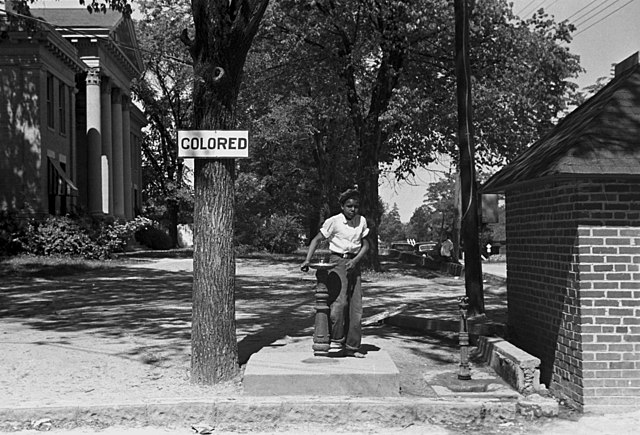
Plessy v. Ferguson
The decision of the U.S. Supreme Court in which the Court ruled that racial segregation laws did not violate the U.S. Constitution – this is where the term “separate but equal” emerged in our history. Read about this ruling in Separate: The Story of Plessy v. Ferguson, and America’s Journey from Slavery to Segregation by Steve Luxenberg.
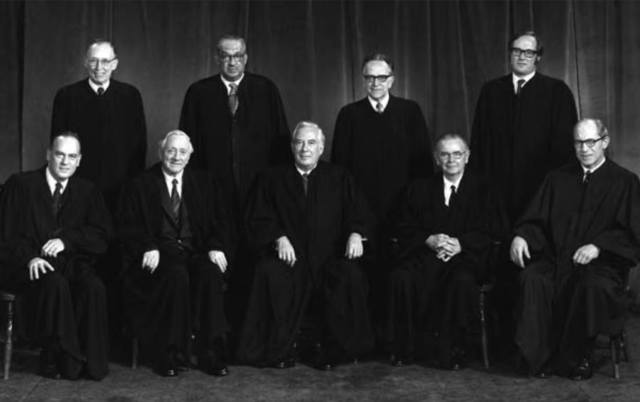
Roe v. Wade
The ruling that the U.S. Constitution protects a pregnant woman’s liberty to choose to have an abortion without excessive government restriction. Watch this historic case unfold in this Great Courses series, The Road to Roe v. Wade – Episode 17 of Liberty on Trial in America: Cases That Defined Freedom. (Kanopy)
The Supreme Court at the time of the decision is pictured on the left.

New York Times Co. V United States
The court’s decision defended the First Amendment right of free press against prior restraint by the government. Learn about this landmark First Amendment ruling in Fighting Censorship: New York Times v. United States by D.J. Herda.
Movies to Buff Up your Supreme Court Knowledge
Want to learn more? Explore Kanopy to find dozens of films centered around the Supreme Court. Below are just a few recommendations!

